
Image created using generative AI
Followers, clients and employees alike need to stay updated…
As a native Floridian, I’m no stranger to hurricanes and have experienced many firsthand. In August 1992, when Hurricane Andrew struck our state, both my advertising agency and home were among the over 150,000 residences and businesses severely impacted by the storm. During this time, and in the years following, we have gained some hard-fought knowledge on the best ways to prepare for and position our travel and tourism clients’ brands for a natural disaster.
Not having a communications plan in place is a Category 5 failure
Whether you’re an advertising agency or a travel and tourism brand, you need to prepare for a situation in which there may be no connectivity. Investing in a satellite phone is the first way to ensure continued flow of communication despite there being no power, cellular service or available landlines. Next, identify a predetermined key contact person or group, such as an off-site employee or a member of your marketing agency not located in the affected area, who can quickly and accurately disseminate information regarding your company’s status to concerned guests, fans and followers as well as employees and the general public.
Place planned marketing efforts on hiatus
When a storm is approaching, make sure to stop any pre-scheduled paid or social media. Leave campaigns on hold until your operations return to a normalized state. Post-storm, if your area was impacted, make sure to review all your media contracts and look for opportunities to save or renegotiate. For example, many of our clients’ billboards were damaged, and it took months to repair or replace the artwork. We requested credit for the months their ads were not properly displayed.
Control the narrative
If you neglect to keep your stakeholders informed, a void is created, and that void is often filled with misinformation. In the case of reporting coming out of Key West before and after Irma made landfall, the predictions of property loss and how the area would fare in the aftermath were somewhat overstated. You can counter this by providing real-time, positive yet accurate updates. To be clear, if the information you need to communicate happens to be negative, it is incumbent upon you to deliver it honestly. Placing an inaccurate spin on your situation can and will erode trust.
Business as usual?
Be respectful toward neighboring destinations that may have been hit harder than yours, and don’t take advantage of their misfortune to position your business in a better light. A way to combat overpromising and underdelivering while still in the midst of recovery is to be honest and informative regarding what guests can expect in your area versus what the norm was before the storm. Discounts and reduced rates will tempt guests back with the understanding that, even though they may not be getting the full experience, they are getting a great deal to make up for it.
After the dust settles
The best way to gauge a person’s character is to see how they react when they’re under fire. The same applies to the character of a brand. During a crisis, your story, your highs and lows, will get out into the world. Followers will engage and likely bring new stories along with them. With this level of emotional investment playing in a brand’s favor, engagement and communication will fuel brand equity. In the end, you become something all companies strive to be: human.

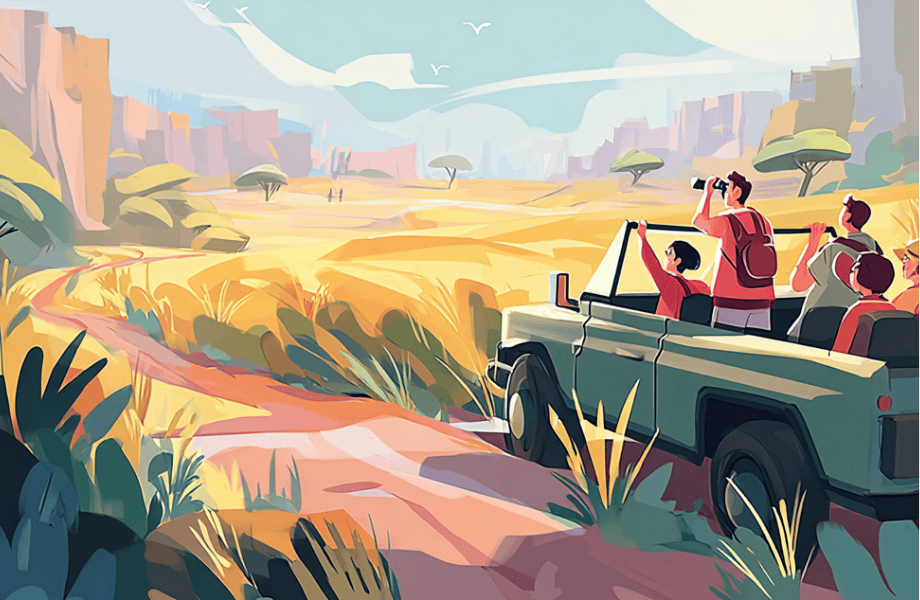

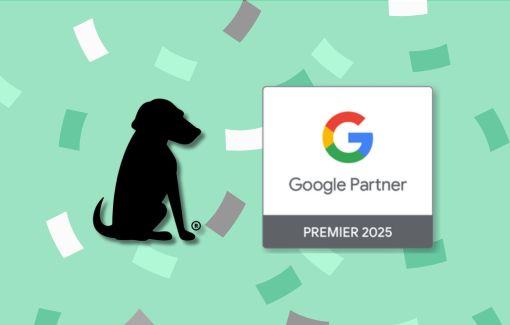
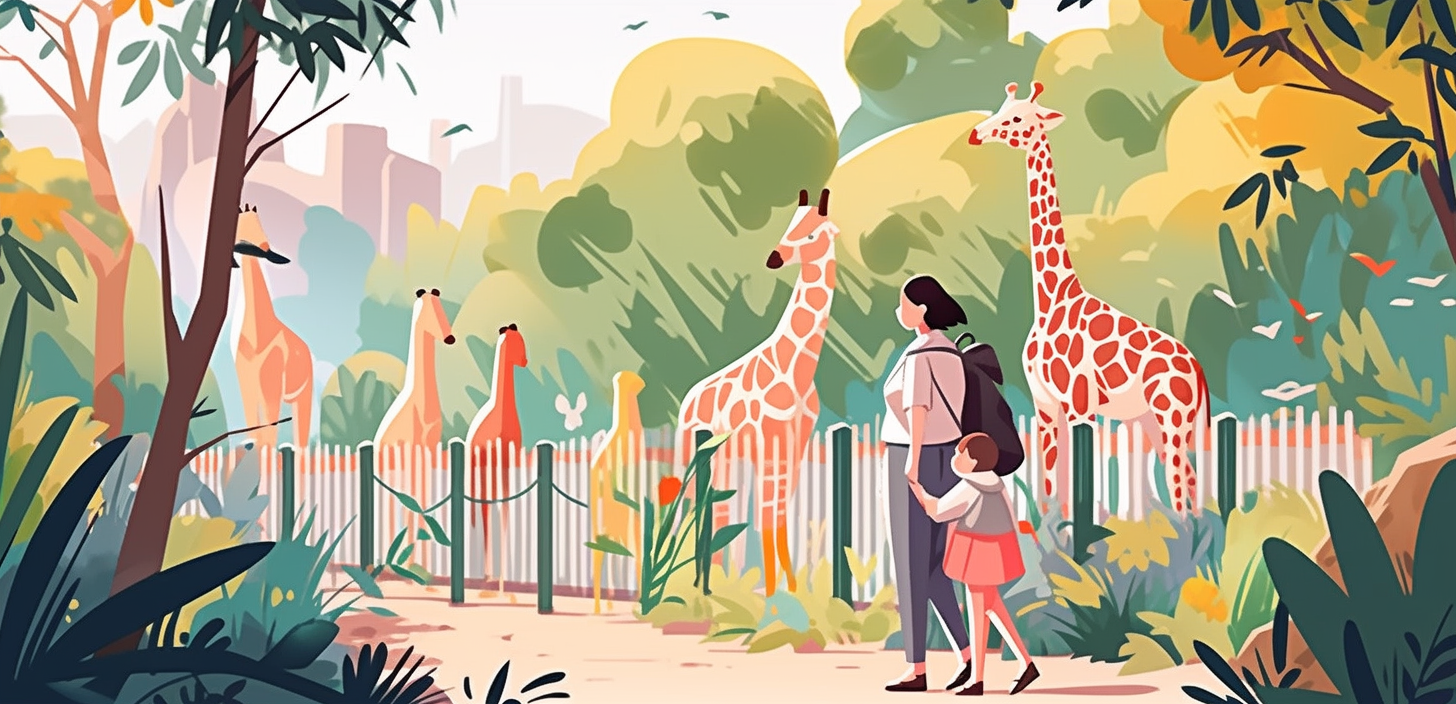

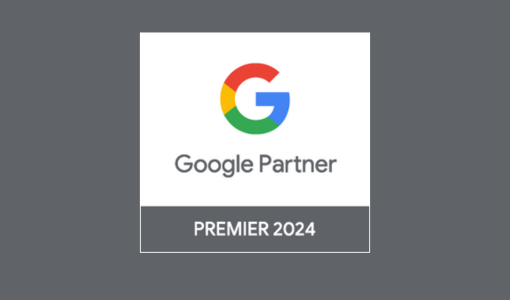
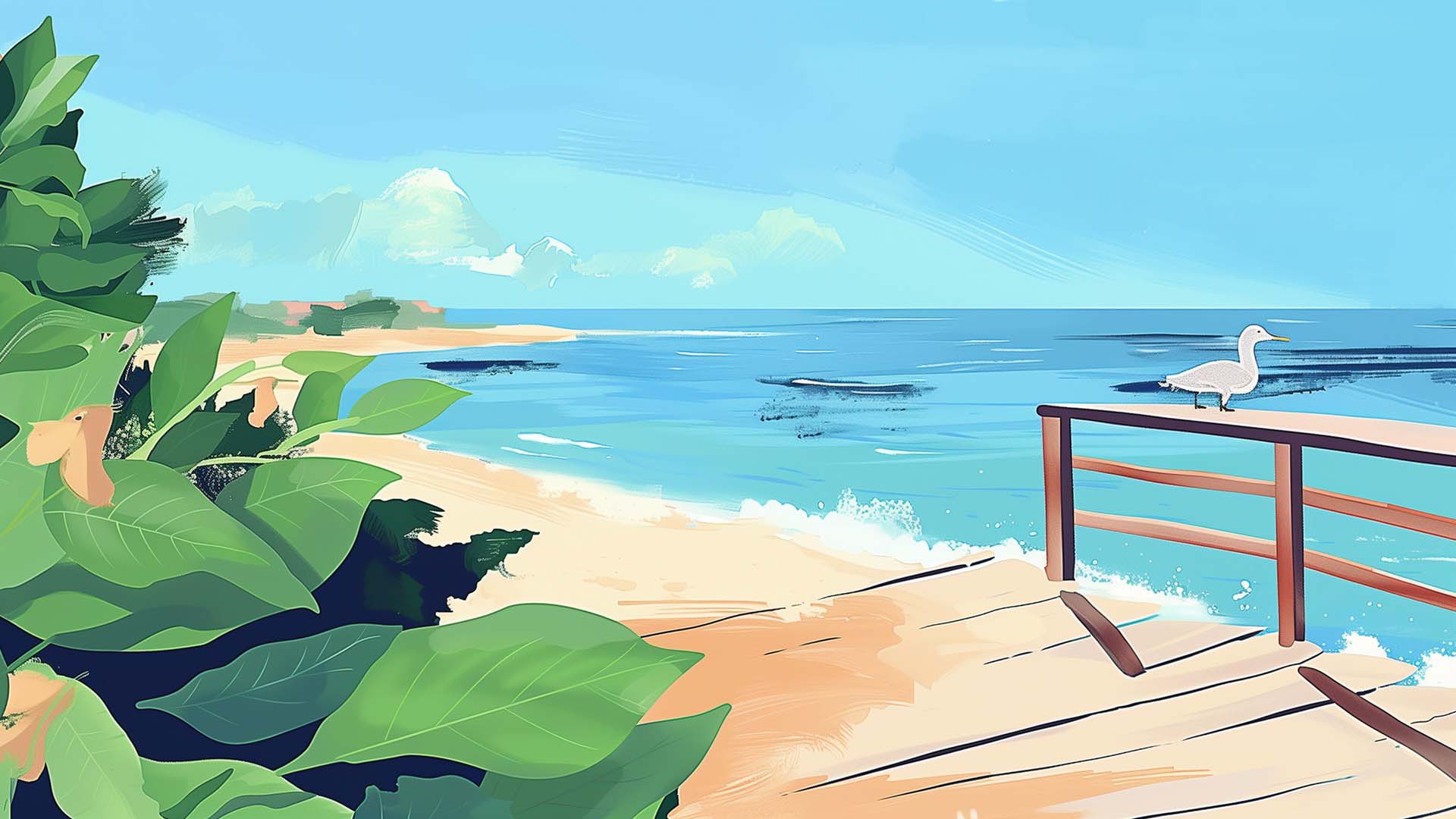
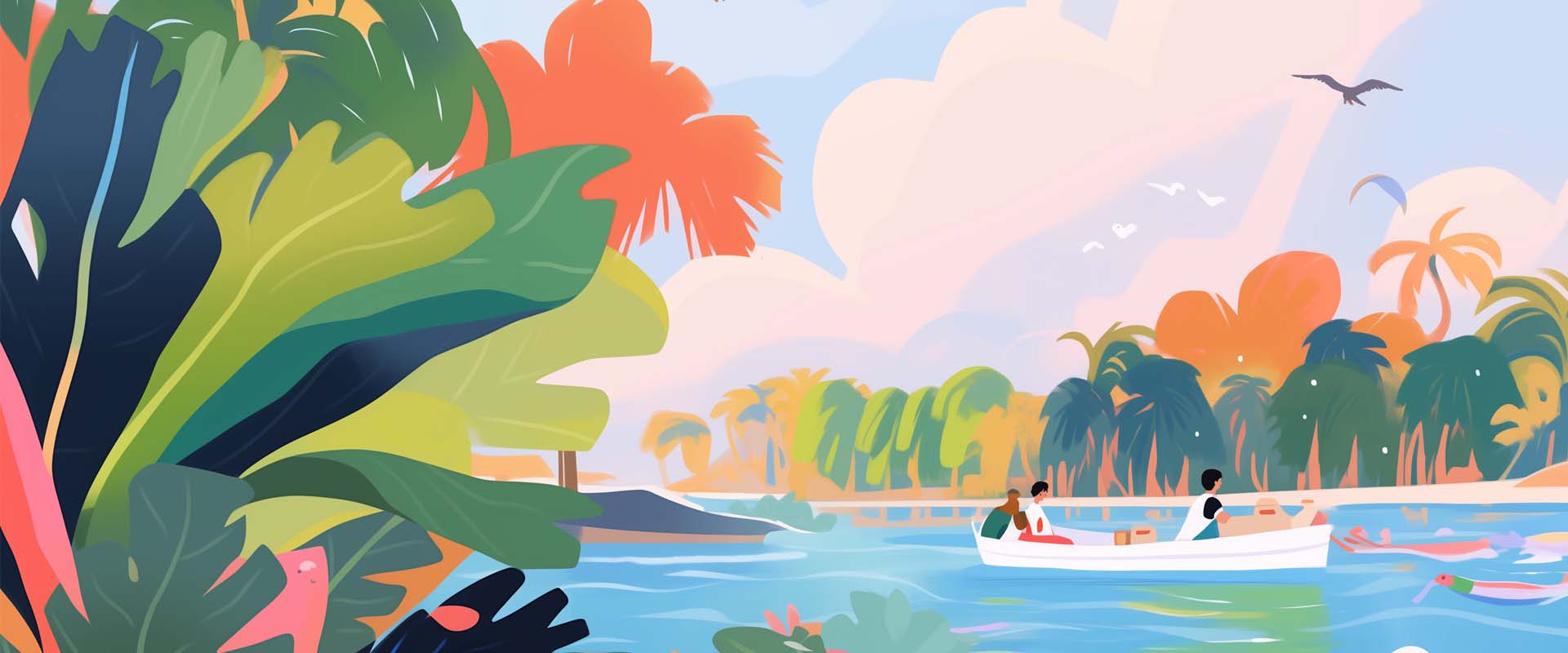
Social media is a communication lifeline
In 2004 and 2005 when 17 hurricanes impacted the United States, Facebook was in its infancy. Fast-forward to Hurricane Irma in 2017, and social media proved to be crucial. Using satellite phones, clients in Key West kept our team in Miami updated before, during and after the storm. We then updated their social media pages and websites with accurate information in real time. For their employees, we built microsites and social media groups that not only provided company updates but also communicated important community updates and government resources.